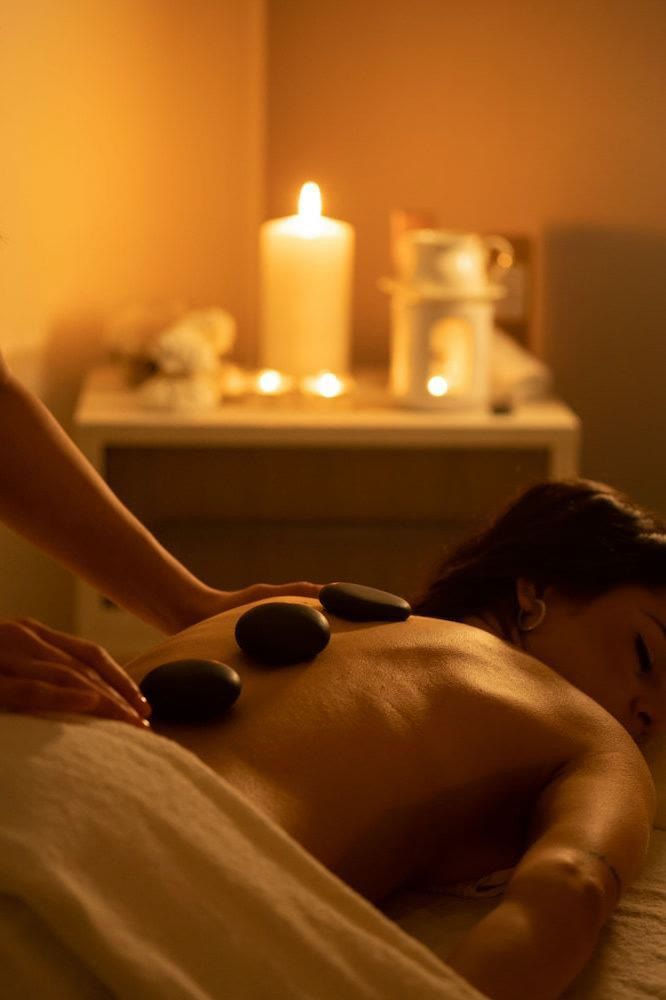The art of perfume-making
- kashhh836
- Feb 22
- 2 min read
Anaya The art of perfume-making is a captivating blend of tradition, science, and creativity. From ancient practices to modern innovations, crafting a fragrance involves meticulous processes that transform raw materials into the scents we cherish.

1. Gathering Ingredients
Perfume creation begins with sourcing high-quality ingredients, which can be natural, synthetic, or a combination of both.
• Natural Ingredients: These include flowers (like roses and jasmine), fruits (such as citrus), woods (like sandalwood and cedar), resins, and spices. Essential oils are extracted from these materials to capture their aromatic properties.
• Synthetic Compounds: Advancements in chemistry have enabled perfumers to create synthetic fragrances that replicate natural scents or introduce entirely new aromas. These compounds offer consistency and sustainability, especially when natural sources are scarce or endangered.
2. Extraction of Essential Oils
To harness the aromatic properties of natural ingredients, essential oils must be extracted. Several methods are employed:
• Steam Distillation: Plant materials are steamed, causing them to release vapor that contains the essential oil. This vapor is then condensed back into liquid form.
• Solvent Extraction: Solvents like ethanol are used to dissolve the desired fragrance compounds from the raw materials. After extraction, the solvent is removed, leaving behind a concentrated essence.
• Expression: Primarily used for citrus fruits, this method involves mechanically pressing the peels to release their oils.
3. Blending the Fragrance
Once the essential oils and aromatic compounds are prepared, the perfumer—often referred to as a “nose”—artfully blends them to create a harmonious scent. This process requires a deep understanding of fragrance notes and how they interact over time. The composition typically includes:
• Top Notes: The initial, fleeting scents perceived upon application.
• Middle (Heart) Notes: The core of the fragrance that emerges as the top notes dissipate.
• Base Notes: The long-lasting foundation that lingers on the skin.
Achieving the desired balance can take months or even years of experimentation.
4. Aging the Perfume
After blending, the fragrance mixture is aged to allow the various components to meld and mature. This period can range from several weeks to months. Aging helps in achieving a well-rounded and stable scent profile.
5. Quality Control and Testing
Before reaching consumers, perfumes undergo rigorous quality control to ensure consistency, safety, and longevity. This includes testing for:
• Scent Consistency: Ensuring each batch smells identical.
• Stability: Confirming the fragrance maintains its integrity over time.
• Allergen Testing: Identifying potential allergens to inform consumers.
6. Bottling and Packaging
The final fragrance is filtered and then bottled under controlled conditions to maintain purity. Packaging is designed not only to protect the perfume but also to reflect its character and appeal to consumers.
From the careful selection of ingredients to the artful blending and rigorous testing, perfume-making is a complex and fascinating process that combines artistry and science to create the scents that enhance our daily lives



Comments